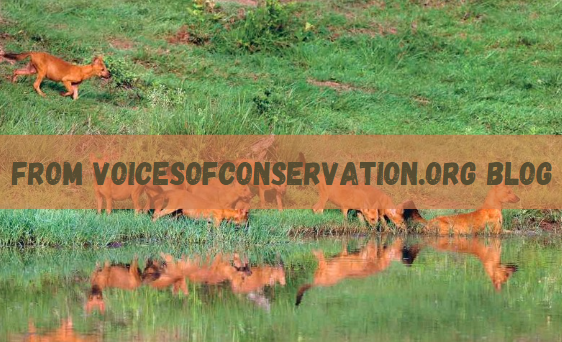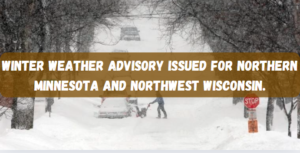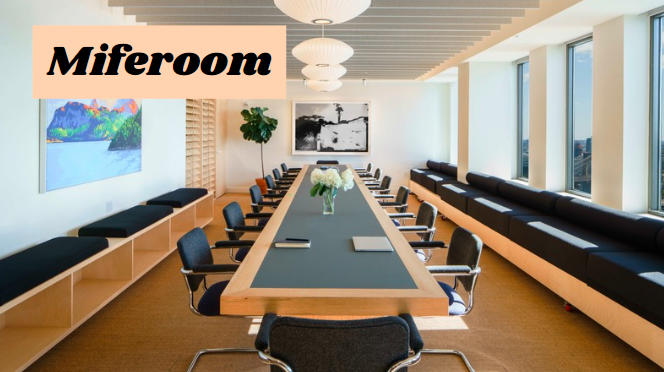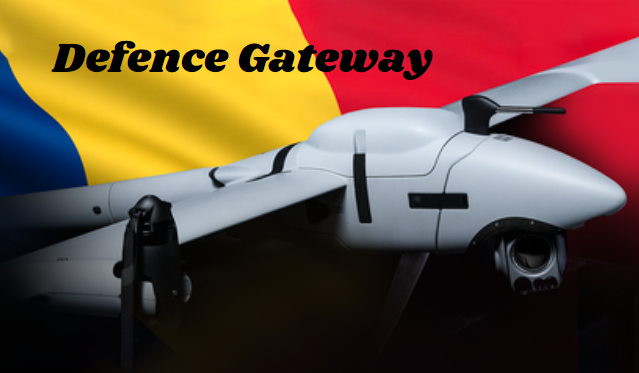Wildlife conservation is a critical topic in today’s world as we face unprecedented threats to biodiversity. The Voices of Conservation blog, found at VoicesofConservation.org, serves as a significant platform dedicated to spreading awareness and fostering understanding about wildlife conservation efforts.
This comprehensive article will delve into the importance of wildlife conservation, explore insights from the Voices of Conservation blog, and provide unique interpretations and analyses that go beyond existing information.
Understanding Wildlife Conservation
What is Wildlife Conservation?
Wildlife conservation involves the protection and preservation of wild species and their habitats. The goal is to ensure that nature will be around for future generations to enjoy and recognize the importance of wildlife and wilderness lands to humans.
Why is Wildlife Conservation Important?
- Biodiversity Preservation: Biodiversity supports ecosystem productivity where each species, no matter how small, has an important role to play.
- Environmental Balance: Wildlife conservation helps in maintaining ecological balance which is crucial for the survival of all living beings.
- Human Benefits: From medicinal resources to recreational and educational opportunities, wildlife conservation provides numerous benefits to humanity.
Insights from VoicesofConservation.org Blog
Mission and Vision
The Voices of Conservation blog is committed to raising awareness about the various aspects of wildlife conservation. Their mission is to educate the public about the importance of protecting wildlife and their habitats and to inspire action.
Key Themes in the Blog
- Endangered Species: Many articles focus on the plight of endangered species and the efforts being made to save them.
- Conservation Success Stories: Highlighting successful conservation projects that have led to the revival of species and habitats.
- Human-Wildlife Conflict: Exploring the dynamics of human-wildlife interactions and how conflicts can be mitigated.
- Climate Change: Discussing the impact of climate change on wildlife and the importance of mitigating its effects.
Notable Articles
The Plight of the African Elephant
One of the standout articles on the Voices of Conservation blog is about the African elephant. The piece delves into the various threats faced by these majestic creatures, such as poaching for ivory and habitat loss due to human encroachment. The blog emphasizes the need for stringent anti-poaching laws and the creation of protected areas.
Success Stories: The Bald Eagle
Another notable article celebrates the successful conservation efforts that led to the resurgence of the bald eagle population in the United States. Once on the brink of extinction, bald eagles have made a remarkable comeback thanks to legal protections and dedicated conservation efforts.
Unique Interpretations and Analyses
The Role of Local Communities in Conservation
One critical aspect of wildlife conservation that often goes unmentioned is the role of local communities. Engaging local populations in conservation efforts can lead to more sustainable and effective outcomes. For instance, community-based conservation projects in Africa have shown great success in preserving wildlife while also providing economic benefits to the local people.
Technological Innovations in Conservation
The advancement of technology has opened new avenues for wildlife conservation. Drones, for instance, are being used for monitoring wildlife populations and detecting poachers. Satellite imagery and GPS tracking have also revolutionized the way we study and protect endangered species.
The Economic Perspective
Investing in wildlife conservation can have significant economic benefits. Ecotourism, for example, is a growing industry that provides substantial revenue for many countries while promoting conservation. Moreover, preserving biodiversity ensures the sustainability of resources that humans rely on, such as clean water and air.
The Voices of Conservation: Beyond Awareness
Educational Outreach
The Voices of Conservation blog is not just about spreading awareness; it also focuses on educating the younger generation. Educational outreach programs are designed to instill a sense of responsibility and passion for conservation among students. These programs include interactive sessions, field trips, and workshops that provide hands-on experience in conservation activities.
Policy Advocacy
The blog also serves as a platform for advocating policy changes. By highlighting the gaps in current conservation policies and proposing new strategies, Voices of Conservation aims to influence decision-makers to adopt more effective conservation measures. The blog’s articles often include calls to action, urging readers to support various legislative efforts aimed at protecting wildlife.
Collaborative Efforts
Conservation is a collective effort that requires collaboration between governments, NGOs, and the private sector. The blog frequently features stories of successful collaborations that have led to significant conservation achievements. For instance, partnerships between wildlife organizations and tech companies have resulted in innovative solutions for tracking and protecting endangered species.
FAQs about VoicesofConservation.org Blog
What is the main focus of the Voices of Conservation blog?
The main focus of the Voices of Conservation blog is to raise awareness and educate the public about wildlife conservation. The blog covers a wide range of topics, including endangered species, conservation success stories, human-wildlife conflict, and the impact of climate change on wildlife.
How can I get involved in wildlife conservation efforts?
There are several ways to get involved in wildlife conservation efforts:
- Volunteer: Many organizations offer volunteer opportunities in various conservation projects.
- Donate: Financial contributions can help fund conservation programs and initiatives.
- Advocate: Use your voice to support policies and legislation that protect wildlife.
- Educate: Spread awareness about the importance of wildlife conservation within your community.
What are some of the key success stories highlighted on the blog?
The blog features several key success stories, including the resurgence of the bald eagle population in the United States and the creation of protected areas that have helped save endangered species like the African elephant.
How does Voices of Conservation contribute to policy advocacy?
Voices of Conservation contributes to policy advocacy by highlighting the gaps in current conservation policies and proposing new strategies. The blog’s articles often include calls to action, urging readers to support various legislative efforts aimed at protecting wildlife.
What role do local communities play in wildlife conservation?
Local communities play a crucial role in wildlife conservation. Engaging local populations in conservation efforts can lead to more sustainable and effective outcomes. Community-based conservation projects often provide economic benefits to local people while preserving wildlife.
How has technology impacted wildlife conservation?
Technology has significantly impacted wildlife conservation by providing new tools and methods for monitoring and protecting species. Drones, satellite imagery, and GPS tracking are some of the technological innovations that have revolutionized conservation efforts.
Conclusion
The Voices of Conservation blog is a vital resource for anyone interested in wildlife conservation. By providing in-depth articles, educational outreach, and policy advocacy, the blog plays a crucial role in raising awareness and inspiring action. As we face growing threats to biodiversity, it is essential to support and engage in conservation efforts to ensure that future generations can enjoy the rich diversity of life on our planet.
By exploring unique interpretations and analyses, this article aims to offer insights that go beyond existing information, making it a valuable resource for readers. Through collaborative efforts and the use of innovative technologies, we can work together to protect wildlife and preserve our natural heritage.





















+ There are no comments
Add yours